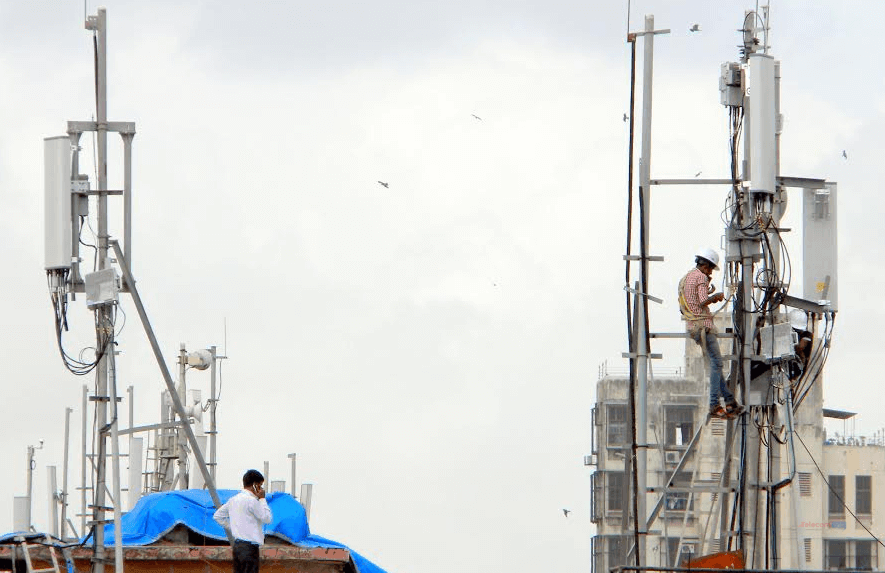Tata Communications is planning to roll out the country’s first and the world’s biggest Internet of Things (IoT)/ Machine to Machine (M2M) communications network across the country, with full coverage starting in Mumbai, Delhi and Bangalore. The first phase targets to cover 400 million people across tier 1, 2, 3 and 4 cities.

The network is based on a wireless communication technology, called LoRa, which is dedicated to IoT and M2M communications network. It is a super low-power, secure, bi-directional, communication solution, which any organisation can use to connect objects and innovative applications simply and energy efficiently, overcoming high power consumption challenges with existing wireless solutions.
The company just conducted successful trials of new Low Power Wide Area Network (LPWAN), based on LoRa technology for connected devices and Internet of Things (IoT) applications across Mumbai and Delhi. These trials will bolster successful deployment of IoT applications in India, the company said.
“We see a massive need for a new smart network to enable intelligent solutions for a variety of M2M applications to facilitate a simpler and smarter way of life and at a lower cost of ownership. These trials are just the beginning; we intend to deploy this network across India and invite customers with IoT projects to work with us to test it, end-to-end,” Tri Pham, Chief Strategy Officer, Tata Communications, said in a statement.
Gartner forecasts that there will be 4.9 billion connected things globally in 2015, reaching 25 billion by 2020- more than three times the number of people on earth today. As technology evolves into an intrinsic part of our everyday life - from predictive waste management to precision farming and geo-fencing to smart electricity meters - the IoT industry is predicted to grow exponentially, and India is seen as a high-growth potential market.
Tata Communications’ LPWAN wireless network features ultra-low power consumption, which allows the battery in the end device to last for more than a decade without replacement. In addition, it has unprecedented reach, enabling communications in deep water and up to 50 metres underground, making it suitable for use in metro stations and car parks.
The signal of the network is extremely strong, cutting through up to seven walls inside buildings. It is also suitable for rural areas due to its 15km range. Compared with 4G, WiFi, ZigBee or Bluetooth solutions, the LPWAN network is also more cost-effective for organisations to deploy.
LoRa technology-based LPWAN network is simple for organisations to deploy, as it is pre-configured with plug-and play connectivity for different industries, including manufacturing and agriculture, the company said.















